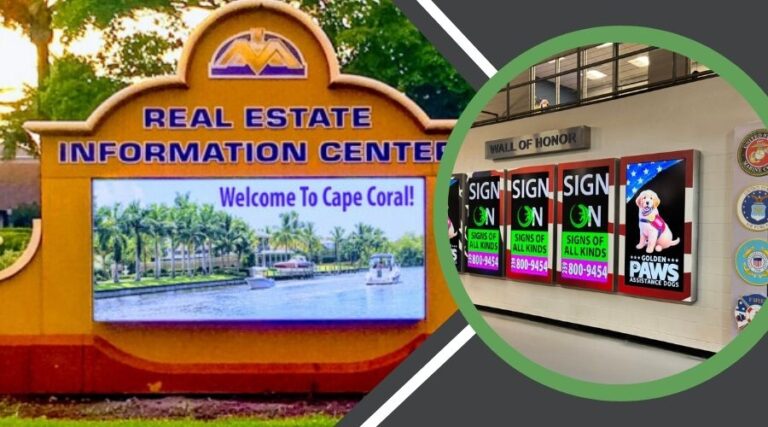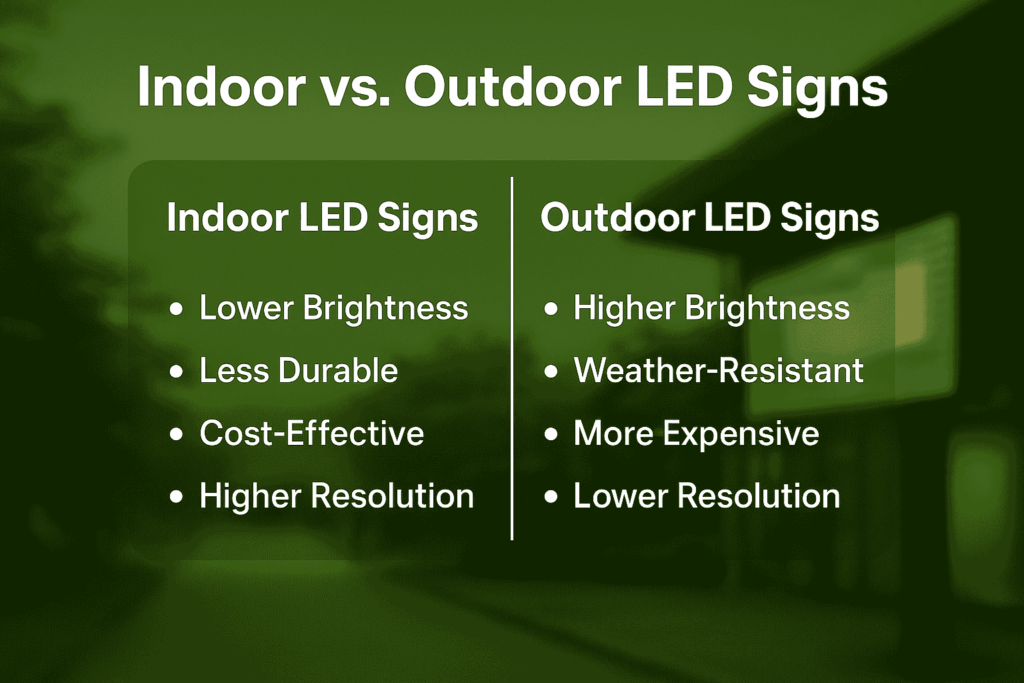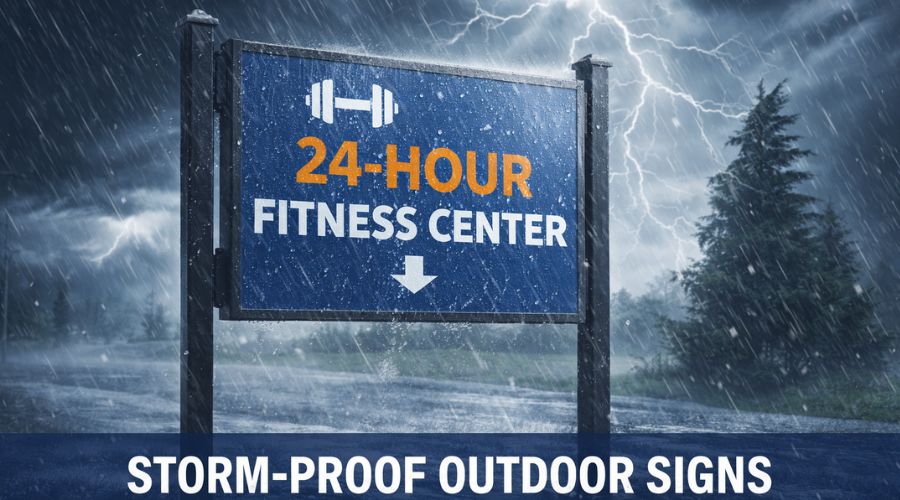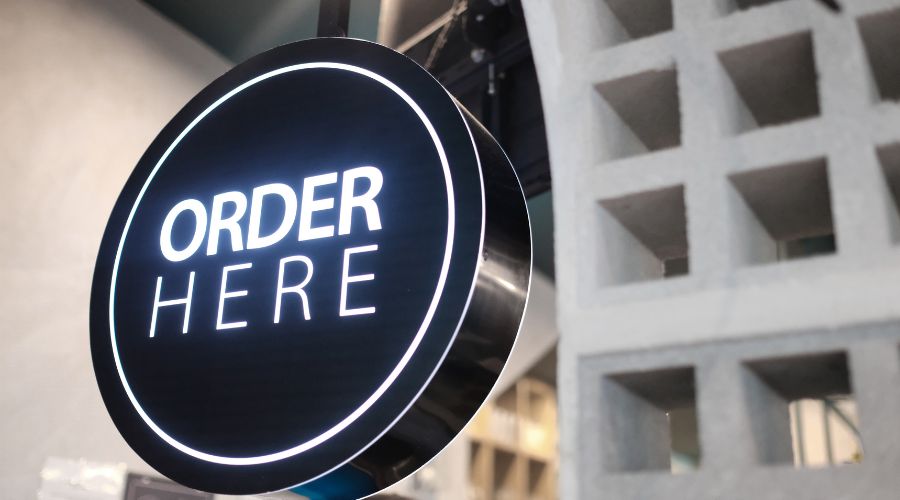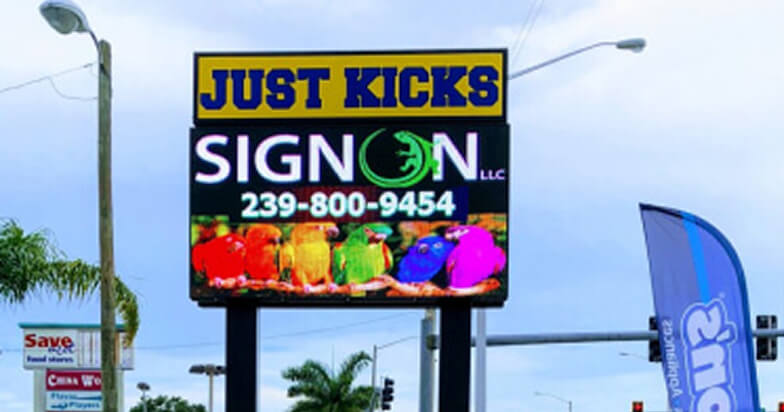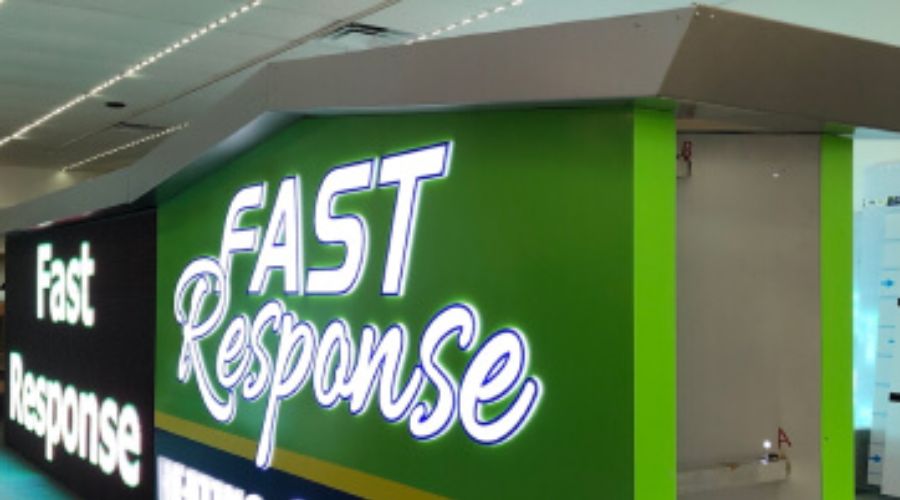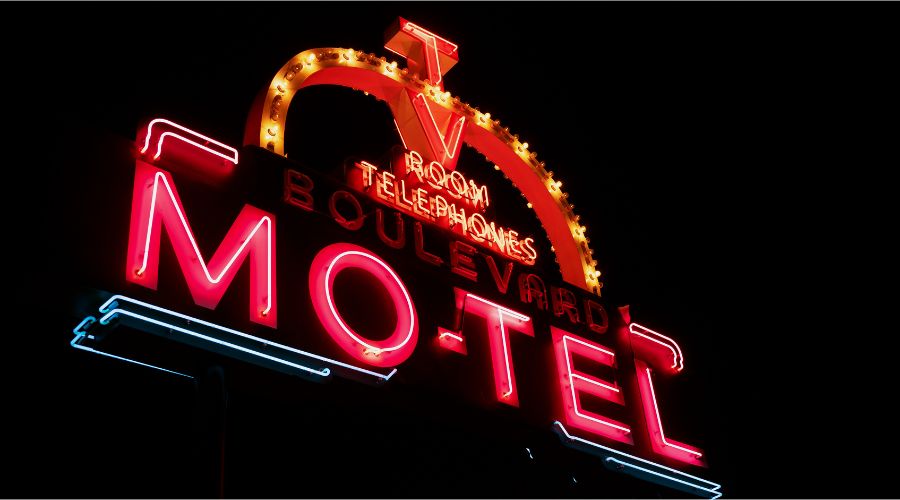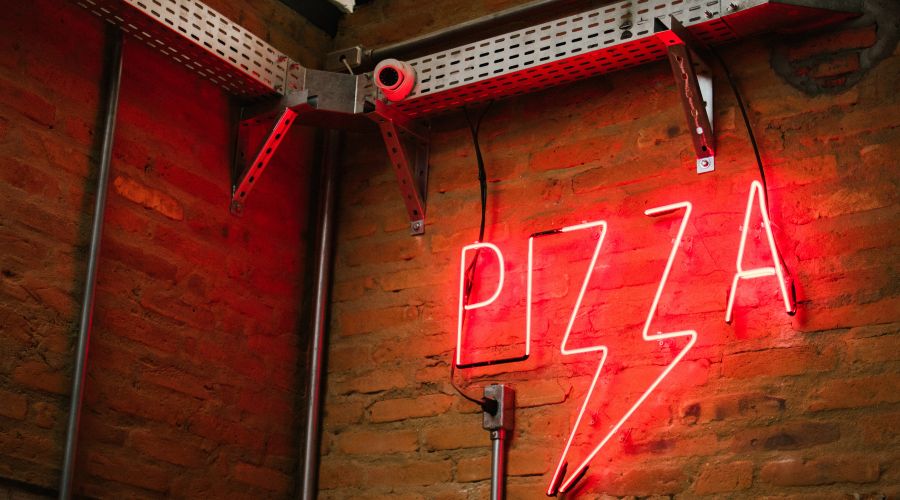LED signage has become a staple in modern marketing and communication, offering businesses a vibrant and attention-grabbing way to reach their audiences. Whether placed inside a retail store or outside along a busy highway, LED signs enhance visibility and brand presence. However, indoor and outdoor LED signs serve different purposes and come with unique features. Understanding these differences is essential when choosing the right signage solution for your business.
What Are LED Signs?
LED signs, short for Light Emitting Diode signs, are electronic displays used to present dynamic messages, graphics, and videos. Known for their brightness and energy efficiency, these signs are highly versatile and come in a wide range of formats—such as scrolling LED message boards, programmable LED signs, and full-color commercial LED displays.
Evolution of LED Signage
Since their introduction in the late 20th century, LED signs have evolved from basic monochrome displays to high-resolution digital signage systems. Today, they are widely used in various industries for advertising, informational messaging, and customer engagement.
Common Applications
- Storefront and roadside advertising signs
- Indoor display boards for retail, hospitality, and offices
- Large-scale billboards
- Event venues and stadiums
- Custom LED signs in Cape Coral and surrounding areas
Indoor LED Signs: Features and Uses
Indoor LED signs are designed for enclosed environments where lighting conditions and viewing distances are controlled.
Typical Applications
- Retail environments to showcase promotions
- Restaurants for digital menu boards
- Corporate offices for visitor information or branding
- Healthcare and education facilities for announcements
Key Features
- High resolution: Ideal for close-range viewing
- Lower brightness levels: Usually between 600–1,200 nits
- Slim, lightweight design: Easy to mount on walls or ceilings
- Power-efficient: Consumes less electricity than outdoor units
- Connectivity options: Wi-Fi, USB, or LAN for content updates
Installation and Maintenance
Indoor signs are generally easier and more cost-effective to install. They don’t require special housing or environmental protection, making maintenance simpler and more affordable.
Outdoor LED Signs: Features and Uses
Outdoor LED signs are engineered to endure external environmental factors while delivering high visibility in daylight and nighttime conditions.
Typical Applications
- Billboards along highways and busy roads
- Storefront LED signs for businesses
- Churches, schools, and municipal buildings
- Gas stations and convenience stores
Key Features
- High brightness levels: Ranges from 2,000 to 10,000+ nits for visibility in sunlight
- Weatherproof construction: Sealed enclosures for rain, wind, and dust
- Durable materials: Aluminum or steel cabinets with powder coatings
- UV and anti-glare protection: Ensures readability and longevity
- Remote control: Allows content updates from any location
Installation and Maintenance
Outdoor signs require a robust support structure, waterproofing, and compliance with local zoning regulations. Though the installation cost is higher, the long-term benefits in visibility and marketing impact are significant.
Indoor vs. Outdoor LED Signs: Side-by-Side Comparison
| Aspect | Indoor LED Signs | Outdoor LED Signs |
|---|---|---|
| Brightness | 600–1,200 nits | 2,000–10,000+ nits |
| Durability | Not weatherproof | Weather-resistant signage |
| Installation | Quick and affordable | Requires permits and structural support |
| Resolution | Higher pixel density | Lower density for distance viewing |
| Energy Use | Low | Moderate to high |
| Use Case | Offices, retail, lobbies | Billboards, storefronts, roadsides |
Pros and Cons
Indoor LED Signs
Pros:
- Lower cost and energy-efficient
- High-resolution graphics
- Easy installation and maintenance
Cons:
- Limited visibility in outdoor light
- Not weather-resistant
Outdoor LED Signs
Pros:
- Exceptional visibility from long distances
- Built for extreme weather
- High-impact advertising tool
Cons:
- Higher initial investment
- Requires permitting and weatherproofing
Business Use Cases and Examples
Ideal for Indoor Use:
- Retail stores using digital signage to highlight flash sales
- Restaurants showcasing menus and specials
- Corporate lobbies using scrolling LED message boards for announcements
Ideal for Outdoor Use:
- Auto dealerships and gas stations using large, full-color LED signs
- Churches and schools communicating with the community
- Shopping centers with high foot and vehicle traffic
Cost Considerations
Initial Costs
- Indoor signs: $500–$5,000 depending on size and resolution
- Outdoor signs: $2,500–$30,000+ for large, high-brightness models
Maintenance and Repairs
Outdoor signs typically require more maintenance due to exposure but are built to last for 7–10 years with proper care.
Long-Term Value
Both types of signs are cost-effective in the long run, especially when used as part of a broader branding strategy. LED technology also contributes to energy-efficient signage options.
How Strategic Signage and LED Lighting Boost Your Brand in 2025
How to Choose the Right LED Sign for Your Business
Evaluate Your Business Location
If your goal is to attract walk-in or drive-by traffic, an outdoor sign is essential. For enhancing interior experiences, opt for an indoor display.
Consider the Environment
Outdoor signs must withstand Florida’s humidity and storms. SIGN-ON offers weather-resistant signage solutions in Cape Coral, FL.
Check Local Regulations
Outdoor LED signs often require municipal approval. Always consult a signage expert to stay compliant.
Pro Tips:
- Focus on LED sign brightness levels for your environment
- Review the LED sign installation cost with a trusted provider
- Ask about customization options and warranty coverage
Frequently Asked Questions
Q. Can outdoor LED signs be used indoors?
They can, but the excessive brightness and larger pixel pitch make them inefficient for indoor use.
Q. What’s the lifespan of an LED sign?
High-quality signs last between 50,000 and 100,000 hours, depending on usage and maintenance.
Q. What brightness level is ideal for my environment?
- Indoor settings: 600–1,200 nits
- Outdoor shaded: 2,000–5,000 nits
- Direct sunlight: 6,000–10,000+ nits

